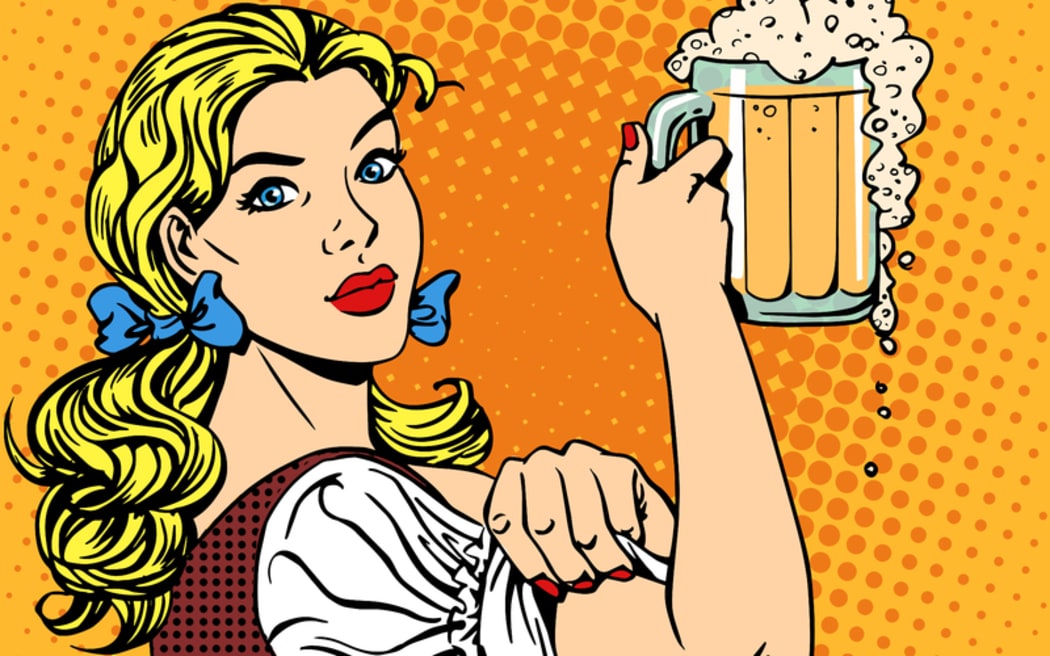While we still get paid less and aren’t always afforded the same rights as men, women can rest easy knowing we’re close to achieving drinking equality.

"women are catching up at an unprecedented rate" Photo: 123rf
Historically, men have used alcohol anywhere between 2-12 times more than women. But new analysis of international evidence spanning the last half-century has found women are catching up at an unprecedented rate.
Among those born in the early 1900s, males were twice as likely to consume alcohol as females and almost four times more likely to develop an alcohol-related condition.
By contrast, the gender gap has nearly disappeared among those born in the late 1990s, with males only 1.1 times likelier to consume alcohol than females and just 1.2 times more likely to experience alcohol-related problems.
These finding are important because often the focus in the media and public debate is on young men and alcohol, say the authors of the study.
“While women seek treatment for almost every other physical and mental health problem at higher rates than men, women who experience problems related to alcohol generally don’t seek treatment.”
“We need to target adolescents before drinking patterns are entrenched.”
The analysis, published in BMJ Online on Monday, included worldwide data collected between 1948 and 2014 and a sample size of more than 4 million people. Sixteen of the studies extended 20 or more years and five for 30 or more.
The study was not designed to address whether alcohol use is falling among men or rising among women, but the authors note that among the 42 studies that reported a narrowing sex gap, most indicated that this was driven by more drinking among women.
READ MORE:
Alcohol is one of the leading risk factors for global disease, together with smoking, pollution, and high blood pressure. In 2012, alcohol accounted for 3.3 million deaths, which is 5.9 percent of the global number of deaths.
While there aren’t definite reasons why the gap is closing, the authors point to the increasing equality in social, cultural and economic factors between genders.
“It is likely sex differences in alcohol use are linked, probably in complex ways, to these societal changes. Most people would argue these changes have been positive. However, increased exposure to alcohol for women also means increased exposure to the physical and mental health risks associated with drinking too much.”
In New Zealand, there has been no lack of debate about our drinking culture with young people often at the centre of it.
According to the latest data from the Ministry of Health, about a quarter of 15 to 24-year-olds admitted to risky drinking at a high frequency, more than double the rate of 35 to 44-year-olds at 12 per cent.
But, according to Dr Andrew Hearn from the Health Promotion Agency, the rate of hazardous drinking among young people has actually dropped between 2007 and 2012.
“For years now, we’ve been trying really hard to get a culture change, he told The Wireless. “There is a culture change in our midst and a lowering tolerance for drunkenness among young people”.

